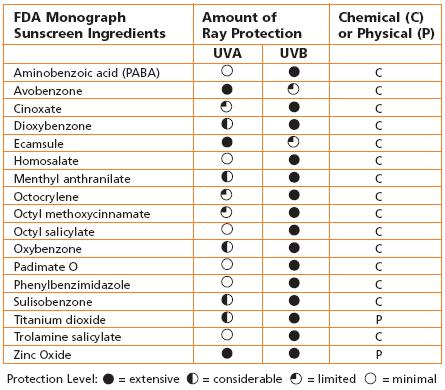Ok, so I have never really discussed what exactly are UV radiations and how are they harmful for us even though I have done many articles on sunscreens. So, for those who are not aware, the UV radiations are the ones emitted by the sun and these are extremely harmful for the skin. These radiations are known to cause various type of skin cancers, affect the immune system and of course, regular skin disorders like sunburns, wrinkles, fine lines and age spots. Now, there are two types of radiations which are most harmful and penetrate the Earth’s atmosphere – UVA and UVB. In case you are thinking that there are no other radiations emitted by sun, they are all (UVC and other radiations from the sun and other stars) absorbed by the ozone. That again is very important reason why we should help reduce global warming otherwise more radiations would penetrate Earth’s atmosphere and harm the human beings. Even UVA and UVB do get blocked to a lot of extent but our wearing out the ozone layer is causing some havoc.
UVA is mainly responsible for aging of the skin. It is the dominant of the radiations and penetrates the skin more deeply causing the wrinkling and damaging the skin. It also results in the tanning of the skin. And, may also initiate skin cancers. And, UVB results in the skin reddening and sunburns. It contributes to tanning and aging but mainly plays a key role in development of skin cancer. UVB is intense in the time from 10AM – 4PM all the year round and is more intense on reflective surfaces like snow and ice. It doesn’t penetrate the glass much. UVA rays penetrate glass, though, even the tinted ones!!!
Now, one more damage which the UV rays can do is damage to the eyes. So, it is advised to get shades or make your glasses with photo-chromatic lenses so that they are able to deflect the sun rays. And, do not forget to wear sunscreen even if you are staying inside. Both UVA and UVB can penetrate through open windows.
Now, in this post, I mentioned a small point that spf factors block UVB radiations. Well, yes. They do not in general block UVA radiations. There is a star system which determines the sunscreen’s efficiency in blocking the UVA rays so basically, you are only protecting yourself from UVB. Currently, I do not think there is any sunscreen in India with star ratings. That’s a downside of getting even the best sunscreens.
